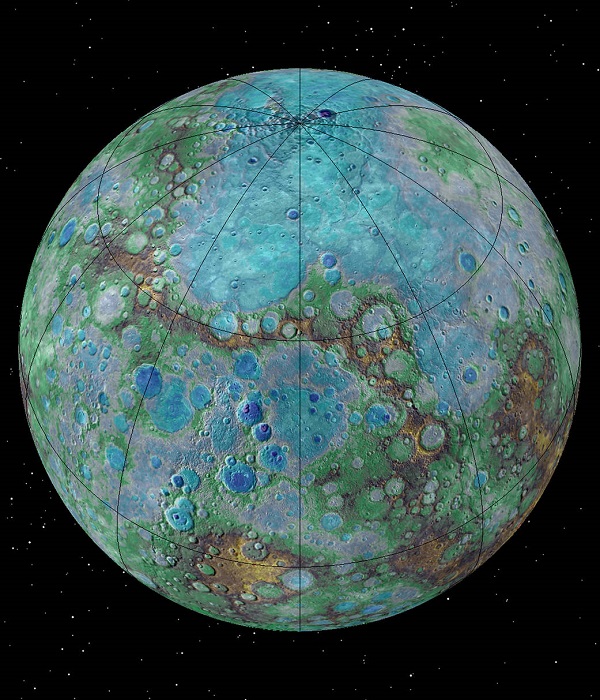By Ana Verayo, | September 27, 2016

Images obtained by NASA’s MErcury Surface, Space ENvironment, GEochemistry, and Ranging (MESSENGER) spacecraft reveal previously undetected small fault scarps— cliff-like landforms that resemble stair
The planet closest to the sun apparently boasts of curious activity, resulting in quakes on Mercury's surface. This new data was obtained from NASA's MESSENGER (MErcury Surface, Space ENvironment, GEochemistry, and Ranging) spacecraft before the Mercury probe ended its life.
Like Us on Facebook
Thomas Watters of the Smithsonian Institute and his team revealed that they observed steep cliffs known as "scarps" that measured less than 10 kilometers along fault lines. These scarps were captured by the probe as it zoomed in on the surface of Mercury, diving into low altitude orbit.
Scientists estimate that these land formations are around less than 50 million years old, and can be considered as evidence of tectonic activity on the planet. Data also revealed that despite Mercury being the closest to the sun, the small planet is cooling down.
NASA's MESSENGER mission came to an end in April 2015, as the probe plunged to its death on the planet's surface to end its mission. Prior to this, the probe captured almost 300,000 images during its four-year mission around Mercury.
A majority of these images, which were captured from high altitudes, revealed impact craters, vast volcanic plains, and primordial fault lines that are marked by massive scarps which have been weathered by time, spanning hundreds of kilometers.
During MESSENGER's final 18 months, the probe dropped to around 200 kilometers above the surface of Mercury to get a closer look. The images revealed a 200-meter resolution of small scarps that are estimated to be less than 10 kilometers.
Compared to the massive ancient fault lines, these scarps appear pristine with crisp and defined cliffs that have not yet been eroded and are also crossing some impact craters.
Scientists suggest that these scarps are relatively new based on a geological timescale. Watters and his team suggest that these smaller scarps are younger than 50 million years old, and some of these faults might even be active.
These quakes are most likely triggered as Mercury's interior continues to cool down, resulting in contraction.
This new study has been published in the journal, Nature Geoscience.
-
Use of Coronavirus Pandemic Drones Raises Privacy Concerns: Drones Spread Fear, Local Officials Say

-
Coronavirus Hampers The Delivery Of Lockheed Martin F-35 Stealth Fighters For 2020

-
Instagram Speeds Up Plans to Add Account Memorialization Feature Due to COVID-19 Deaths

-
NASA: Perseverance Plans to Bring 'Mars Rock' to Earth in 2031

-
600 Dead And 3,000 In The Hospital as Iranians Believed Drinking High-Concentrations of Alcohol Can Cure The Coronavirus

-
600 Dead And 3,000 In The Hospital as Iranians Believed Drinking High-Concentrations of Alcohol Can Cure The Coronavirus

-
COVID-19: Doctors, Nurses Use Virtual Reality to Learn New Skills in Treating Coronavirus Patients







